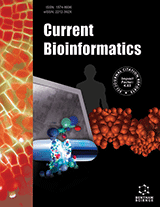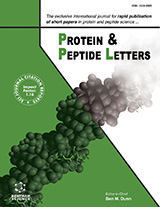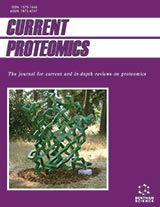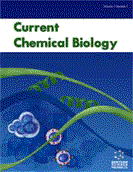Abstract
The interest in finding the keys to the thermal stabilization of proteins has remained constant and unquestionable throughout the last twenty years. This article reviews the most recent theoretical and computer advances related to the problem of thermally stabilizing proteins. Although comparison between mesophilic and thermophilic sequences has suggested some thermostabilization mechanisms, it has not been able per se to provide unambiguous thermostabilization rules applicable for every case. Two of the mechanisms used by nature are seen as the major factors governing thermostability: the electrostatic forces of charged amino acids within a protein and the packing of its hydrophobic core on the other. Other mechanisms that have also been implicated (i.e. hydrogen bonding, α-helix stabilization, backbone rigidifying, etc), may play a refining role, based on the principle that nature has punctually and opportunistically thermostabilized proteins in each particular case, thereby solving each specific problem. How electrostatic and hydrophobic forces affect each other is still remains a largely open question and some recently developed criteria based on these two effects have been analyzed in the review.
Keywords: Protein thermostability, mesophiles, thermophiles, electrostatics, hydrophobicity, algorithms, theory
Current Bioinformatics
Title: Theoretical Analysis and Computational Predictions of Protein Thermostability
Volume: 1 Issue: 1
Author(s): Angel Mozo-Villiarias and Enrique Querol
Affiliation:
Keywords: Protein thermostability, mesophiles, thermophiles, electrostatics, hydrophobicity, algorithms, theory
Abstract: The interest in finding the keys to the thermal stabilization of proteins has remained constant and unquestionable throughout the last twenty years. This article reviews the most recent theoretical and computer advances related to the problem of thermally stabilizing proteins. Although comparison between mesophilic and thermophilic sequences has suggested some thermostabilization mechanisms, it has not been able per se to provide unambiguous thermostabilization rules applicable for every case. Two of the mechanisms used by nature are seen as the major factors governing thermostability: the electrostatic forces of charged amino acids within a protein and the packing of its hydrophobic core on the other. Other mechanisms that have also been implicated (i.e. hydrogen bonding, α-helix stabilization, backbone rigidifying, etc), may play a refining role, based on the principle that nature has punctually and opportunistically thermostabilized proteins in each particular case, thereby solving each specific problem. How electrostatic and hydrophobic forces affect each other is still remains a largely open question and some recently developed criteria based on these two effects have been analyzed in the review.
Export Options
About this article
Cite this article as:
Mozo-Villiarias Angel and Querol Enrique, Theoretical Analysis and Computational Predictions of Protein Thermostability, Current Bioinformatics 2006; 1 (1) . https://dx.doi.org/10.2174/157489306775330561
| DOI https://dx.doi.org/10.2174/157489306775330561 |
Print ISSN 1574-8936 |
| Publisher Name Bentham Science Publisher |
Online ISSN 2212-392X |
 19
19
- Author Guidelines
- Bentham Author Support Services (BASS)
- Graphical Abstracts
- Fabricating and Stating False Information
- Research Misconduct
- Post Publication Discussions and Corrections
- Publishing Ethics and Rectitude
- Increase Visibility of Your Article
- Archiving Policies
- Peer Review Workflow
- Order Your Article Before Print
- Promote Your Article
- Manuscript Transfer Facility
- Editorial Policies
- Allegations from Whistleblowers

















.jpeg)








